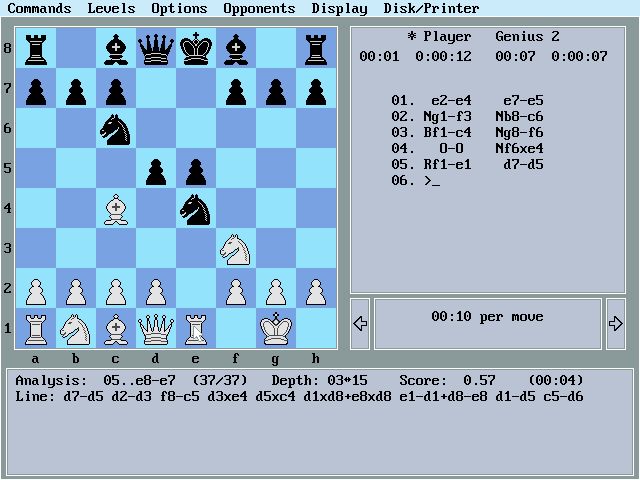
Supports different color palettes and chess pieces sets for different tastes.Moving by drag and drop as well as by selecting from and to squares.Navigation of played move's (first, previous, next, last).The app could show the best moves line as well as the evaluation of the board position produced by Bagatur.Different modes: Human-Human, Human-Bagatur, Bagatur-Bagatur.

move animation speed, chess pieces set, colors). It is recommended to check all settings in the menu and make sure you play with the option you like most (e.g.If you want, you could use the move navigation buttons to go back and forward in the move sequence.Move the piece by drag and drop or by selecting from/to squares.Use the flip board button to change sides if you play with black.Select/deselect the Human/Computer buttons for both sides according to which side you want to play and whether you play against a computer or another person.Check the menu and make sure the strength level is appropriate.To clarify, it is not an OEX chess engine and other chess engines cannot be imported into the GUI. In general, the application demonstrates an application of artificial intelligence (AI) into the domain of chess. The ELO rating is about 3000 and the program has a unique playing style.

From level 5, it could show the search information.

It is not as strong as Stockfish, Komodo, AlphaZero or Leela Chess Zero, but is strong enough to beat a grandmaster.
CHESS ENGINE PATCH
The only thing required is to fork the main Koivisto repository, make a branch for the tests and contact one of the core developers on our discord server or alternatively make an account and submit a patch yourself.This is the open source Bagatur Chess Engine with its own GUI (graphical user interface). The OpenBench framework allows anyone with an account to test their changes. This community was a crucial aspect of Koivisto’s development as we exchanged many ideas with other engine authors. This group of engines is sometimes referred to as the OpenBunch and consists of other open source engines such as Ethereal, Berserk, Weiss, Halogen and many others. Koivisto is tested on the main OpenBench instance, along with other OpenBench engines. OpenBench then combines the results and then uses SPRT to calculate if a change makes the engine stronger by a statistically significant amount. The testing is done using the OpenBench framework which allows distributing games across multiple machines. Our development process consists of brain storming about potential ideas that could work, trying multiple variations of these ideas and testing them to see if they make the engine stronger.

Koivisto and the tools it relies on are developed on a daily basis by the core developers. In order to achieve this goal, we made all the tools used to develop Koivisto open source and they are available for other engine authors to benefit from. Koivisto has benefited from other open source engines and in turn, one of our main goals is to give back to the community.
CHESS ENGINE CODE
We consider open source code to be crucial aspect of chess engine development.
CHESS ENGINE LICENSE
In order to preserve the open source spirit, we chose to license the engine under the GPLv3. Most of the relevant parts of the code are commented in order to help people better understand what Koivisto is trying to achieve. Doing so, we used a variety of programming languages in addition to C++, ranging from CUDA to Python. A lot of external tools are required to develop a chess engines and in order to achieve compatibility, we opted to write most of these tools ourselves. The engine uses an external C library called Fathom for syzygy tablebase probing. Koivisto is programmed mainly in C++ and the core part of the engine consists of about 5000 lines of code.


 0 kommentar(er)
0 kommentar(er)
